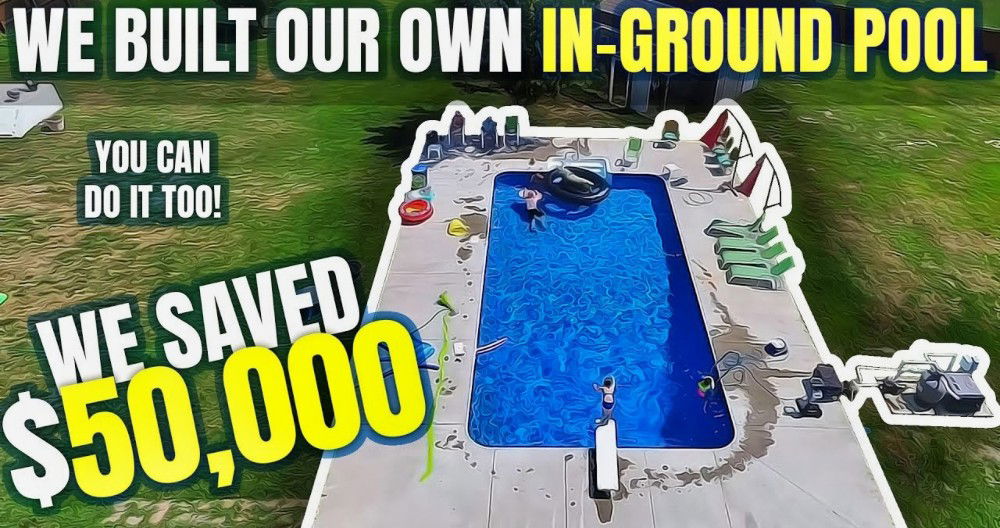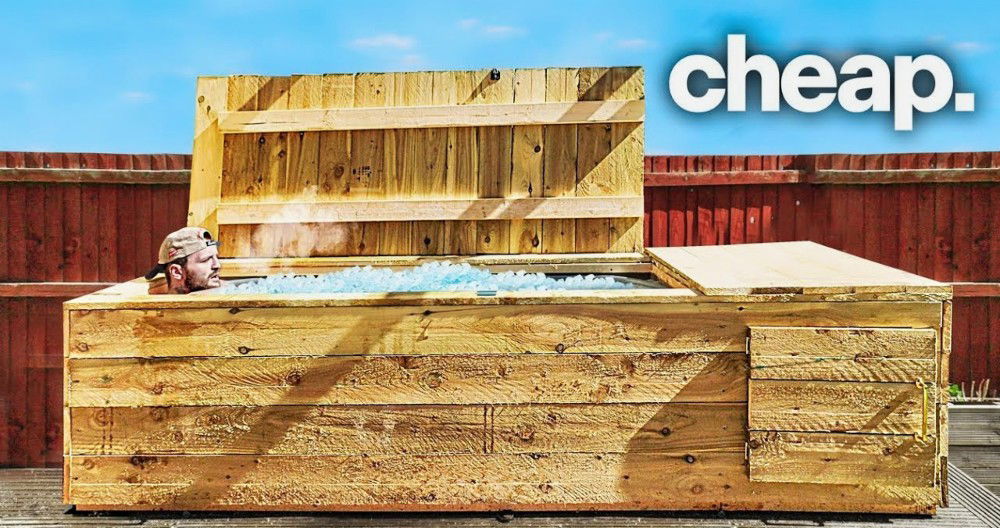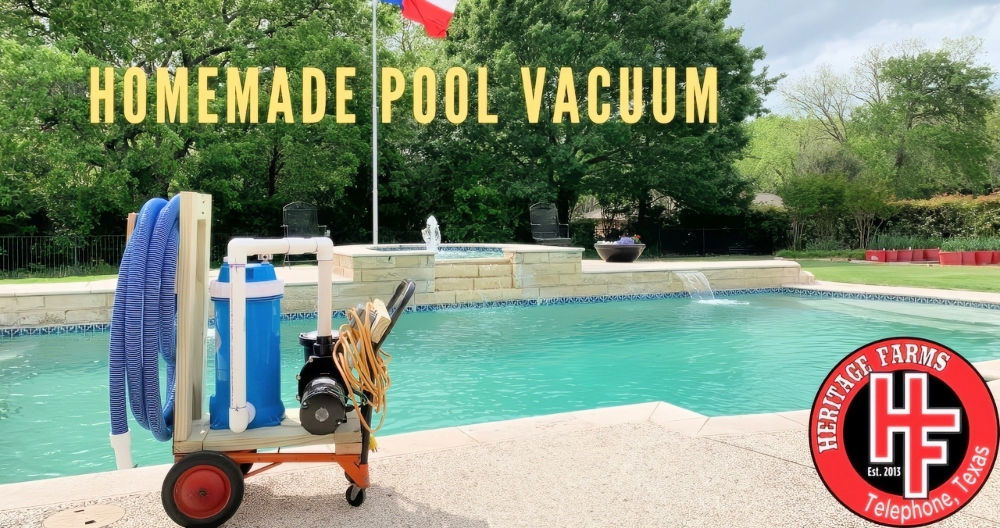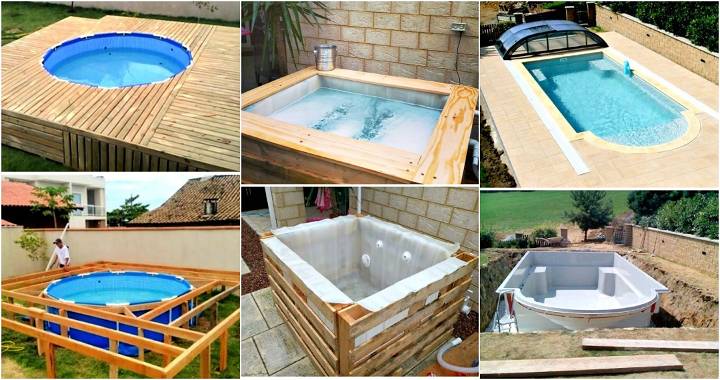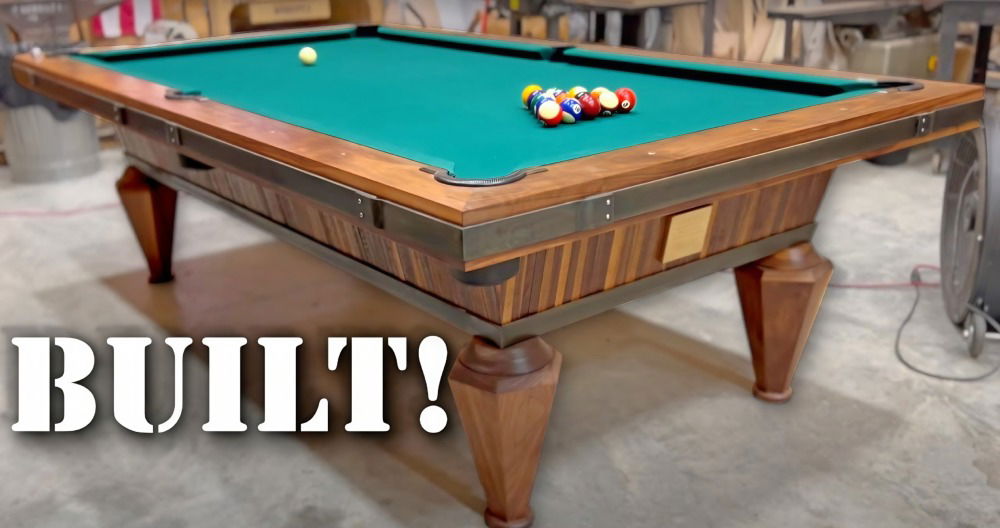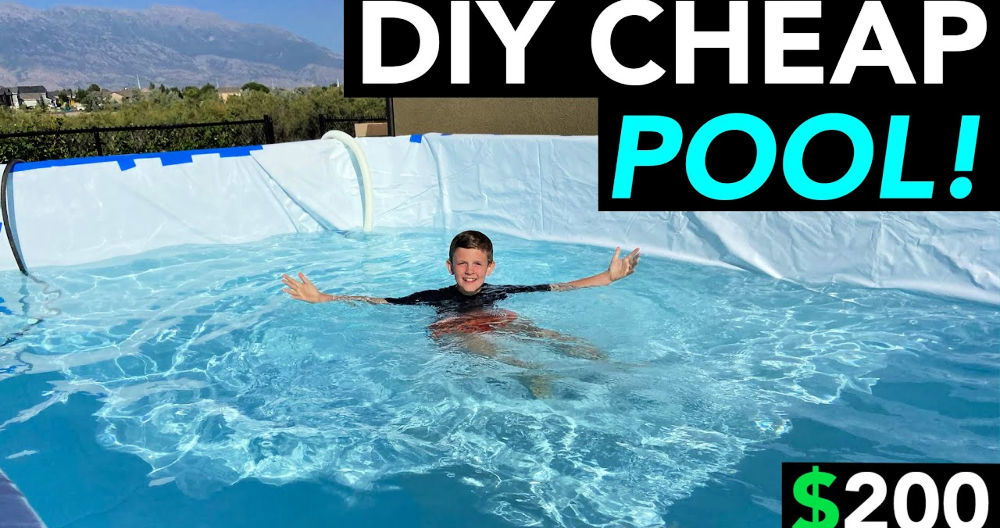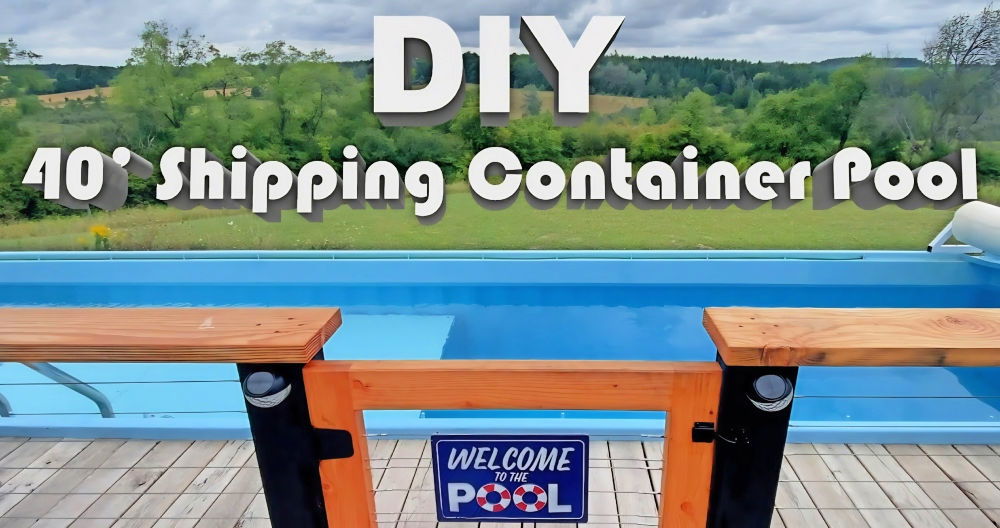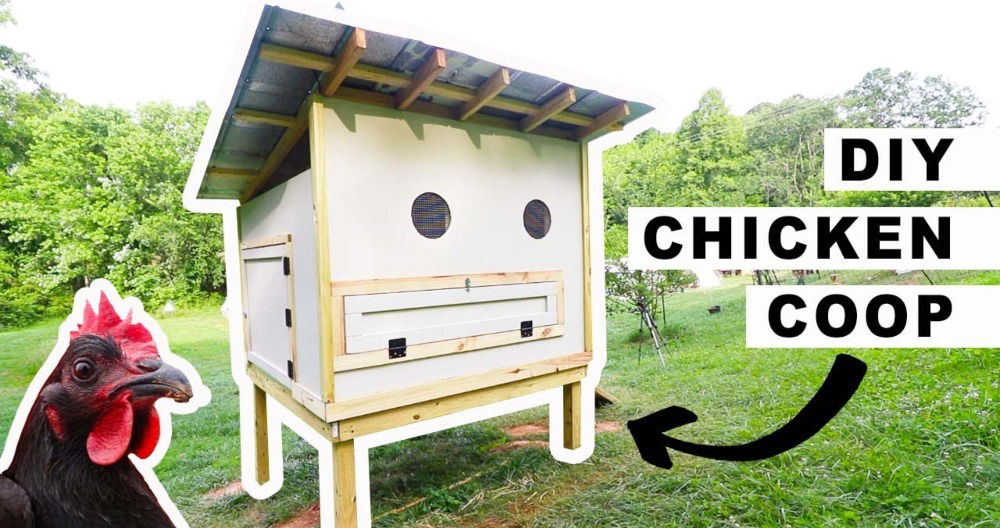Starting a new project always brings excitement and learning. Building a DIY duck coop with a pool was a rewarding experience for me. First, I chose a location with enough space and good drainage. Gathering materials like wood, nails, and a small pond liner, I designed a simple yet functional coop. This setup keeps my ducks safe and happy.
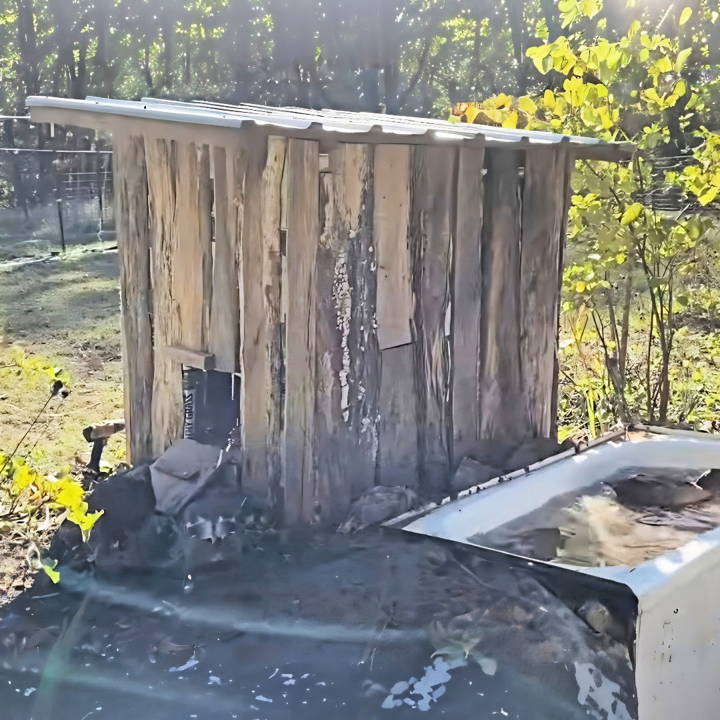
Building a cozy and cute duck coop with a pool is easier than it looks. By planning each step and using affordable materials, the project became a fun weekend activity. Watching my ducks enjoying their new home made all the hard work worth it.
I'm confident that this guide will help you build a wonderful coop. Enjoy the process, and happy building with the next steps!
Gathering Materials: A Quest for Sustainability
Discover the importance of each material in our sustainability quest. Gathering materials: a quest for sustainability explains every choice made.
Why Each Material was Chosen:
- Pallets: The backbone of the duck house, providing a sturdy, cost-effective base.
- Assorted Boards: For the structure's framework, make use of what is already available.
- Roof Boards & Tin Sheets: Essential for a weatherproof roof, these were repurposed for both their functionality and the character they add.
- Feed Bags & Laminate Flooring: Used to line the interior, enhancing the duck house's insulation and durability.
- Old Tin Bath: The centerpiece for the duck pool, chosen for its size, durability, and novelty.
Choosing these materials was not only a decision fueled by the desire to minimize waste but also an exercise in creativity, pushing me to see potential in the overlooked.
Step by Step Instructions
Build a DIY duck coop with a pool! Follow step-by-step instructions from constructing the base to installing an automatic door. Perfect for your feathered friends!
Step 1: Constructing the Base
With four weathered pallets at hand, the first step was making the duck house's skeleton. Each pallet was scrutinized for its best use—floor, sides, or roof support—then cleaned and sanded down to prevent splinters.
I arranged the pallets into a basic square shape, using extra boards and screws to secure the connections. It was crucial to ensure the structure was stable and level, checking each corner with a spirit level. Tip: Don't skimp on the screws; the more, the merrier for a robust construction.
Step 2: Roofing
The decision to pitch the roof came from a desire to harvest rainwater. I added angled boards for the pitch, ensuring they were securely fastened to withstand seasonal weather changes. The tin sheets, acquired from a friend's leftover construction materials, were then meticulously measured, cut, and attached. This step was both a test of patience and precision but invaluable for a weatherproof and lasting shelter.
Step 3: Insulating and Cladding
Lining the interior with old feed bags was an improvisation born from necessity but proved to be a game-changer for wind protection. Over this, I layered cut-to-size laminate flooring for added insulation. The external cladding was an artistic endeavor, using trimmings from milled logs to build a rustic fa* çade that not only looked charming but provided extra strength to the structure.
Step 4: The Duck Pool
The transformation of an old tin bath into a duck pool was perhaps the most exciting part of this project. After leveling a spot close to the duck house, I installed the bath, ensuring it was stable and at a slight incline to facilitate water drainage into the garden. The idea was for the rainwater from the duck house roof to fill the bath and, post-duck paddling, nourish the future fruit trees through a simple gravity-fed system.
Step 5: Installing the Automatic Door
Though initially, a simple door sufficed, concerns about nocturnal predators led me to install an automatic door. This piece of technology, while simple, was revolutionary, ensuring the ducks' safety with minimal effort. The installation was straightforward: find the perfect fit, secure it with screws, and voil* à, an upgrade that brought peace of mind.
Customization Ideas for Your Duck Coop with Pool
Designing a duck coop with a pool blends functionality and personal flair, making a unique and enjoyable space for you and your ducks. Here are customization tips:
- Choose a Theme: Personalize your duck coop by choosing a theme that reflects your style or the character of your ducks. Whether it's a rustic barnyard, a colorful tropical paradise, or a serene Zen garden, a theme can make the coop a charming focal point in your yard.
- Decorative Pool Edges: Instead of a plain pool edge, consider using decorative stones, tiles, or even mosaics to build a visually appealing border. This not only adds beauty to the pool area but also helps to integrate the pool into the overall design of the coop.
- Plant Life: Incorporate plant life around the coop and pool. Choose plants that are safe for ducks and can thrive in the wet conditions near the pool. Plants not only provide a natural aesthetic but also offer shade and shelter for your ducks.
- Interactive Features: Add features like ramps or floating platforms in the pool for ducks to play on. These elements encourage exercise and enrichment, keeping your ducks active and entertained.
- Lighting: Consider installing solar-powered lights around the coop and pool area. This can provide a soft glow in the evenings, making it easier to check on your ducks at night and adding an enchanting ambiance to your backyard.
- Seasonal Decorations: Embrace the changing seasons by decorating the coop with seasonal touches. From autumnal pumpkins to festive holiday lights, seasonal decorations can bring a sense of celebration to your duck coop.
- Personalized Signage: Build a sign with the name of your duck coop or the names of your ducks. This adds a whimsical, personalized element to the space.
- Duck-Safe Toys: Provide duck-safe toys in and around the pool. Items like floating balls or rings can give ducks something to interact with and can be a source of amusement for you as well.
- Observation Bench: Build a small bench or seating area near the coop where you can sit and watch your ducks. This can be a peaceful spot to relax and enjoy the company of your feathered friends.
By using these ideas, you'll make a duck coop with a pool that's practical and a lovely home addition. Always ensure your ducks' safety and comfort with new features.
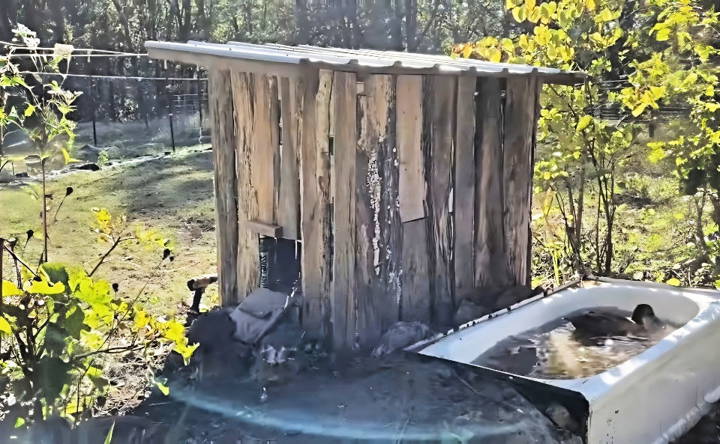
Health and Safety Considerations
When it comes to building a duck coop with a pool, the health and safety of your ducks should be a top priority. Here are some key considerations to keep in mind:
- Secure Enclosure: Ensure that the coop is fully enclosed with sturdy fencing to protect your ducks from predators. The fence should be buried several inches into the ground to prevent animals from digging underneath.
- Non-Toxic Materials: Use materials that are non-toxic and safe for ducks. Avoid treated woods that may contain harmful chemicals, and ensure that paints and finishes are non-toxic and water-resistant.
- Proper Drainage: The pool area must have proper drainage to prevent stagnant water, which can harbor bacteria and parasites. Design the pool to allow for easy draining and cleaning.
- Adequate Shelter: Provide a sheltered area within the coop where ducks can escape from harsh weather. This should be dry, draft-free, and insulated if you live in a cold climate.
- Safe Pool Design: The pool should have gently sloping sides or steps to allow ducks to enter and exit the water easily. Avoid steep or slippery surfaces to prevent injury.
- Regular Health Checks: Monitor your ducks regularly for signs of illness or injury. Early detection is key to preventing the spread of disease and ensuring prompt treatment.
- Clean Environment: Keep the coop and pool area clean. Remove droppings and debris regularly and disinfect surfaces to prevent the spread of disease.
- Access to Nutrition: Ensure that your ducks have access to a balanced diet and clean, fresh water at all times. Proper nutrition is essential for their overall health and well-being.
- Ventilation: Good ventilation is crucial to prevent respiratory problems. However, make sure the coop is free from drafts, especially in colder weather.
- Space to Roam: Ducks are active creatures and need space to roam and forage. Provide enough space in the coop for them to move freely and exhibit natural behaviors.
By adhering to these health and safety considerations, you'll build a living space that meets your ducks' physical needs and promotes their well-being and longevity.
FAQs About DIY Duck Coop with Pool
Explore our FAQs about DIY duck coops with pools to find expert answers on building, maintaining, and optimizing your duck's habitat.
Ducks need a coop for shelter and protection from predators and harsh weather. A pool is essential because ducks are waterfowl and require water for bathing, which helps keep their feathers in good condition for insulation and buoyancy.
Before building, consider the number of ducks, as each duck needs 2-6 square feet of space inside the coop. Choose a location with natural shade, close to water, and elevated to prevent flooding. Ensure predator protection with sturdy construction and secure locks.
Regular cleaning is crucial. Remove droppings daily and change bedding weekly. For the pool, change the water regularly to prevent algae and bacteria growth. Consider a drainage system to make cleaning easier.
Yes, consider adding nesting boxes for egg-laying, a roof for shade and rain protection, and ramps for easy access to the pool. Ensure the pool has a gentle slope or steps so ducks can enter and exit easily.
To ensure safety, the pool should have a gentle slope or steps for easy entry and exit, as domestic ducks are not as adept at swimming as wild ducks. The pool should be placed slightly away from the coop to prevent water from splashing into the living areas and making them muddy. It's also important to make sure the pool is shallow enough for the ducks to stand in and has clean, fresh water.
Final Thoughts
In conclusion, building a DIY duck coop with a pool is a rewarding project that will keep your ducks happy and healthy. By following the steps outlined, you can build a safe and comfortable environment for your feathered friends. Enjoy the process and take pride in your craftsmanship. Your ducks will thank you!


